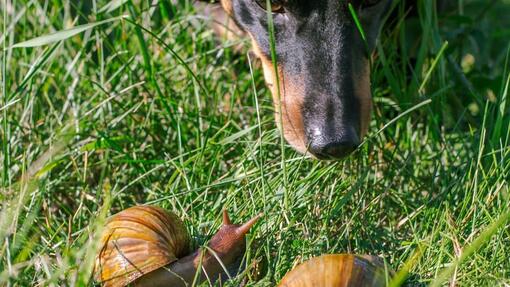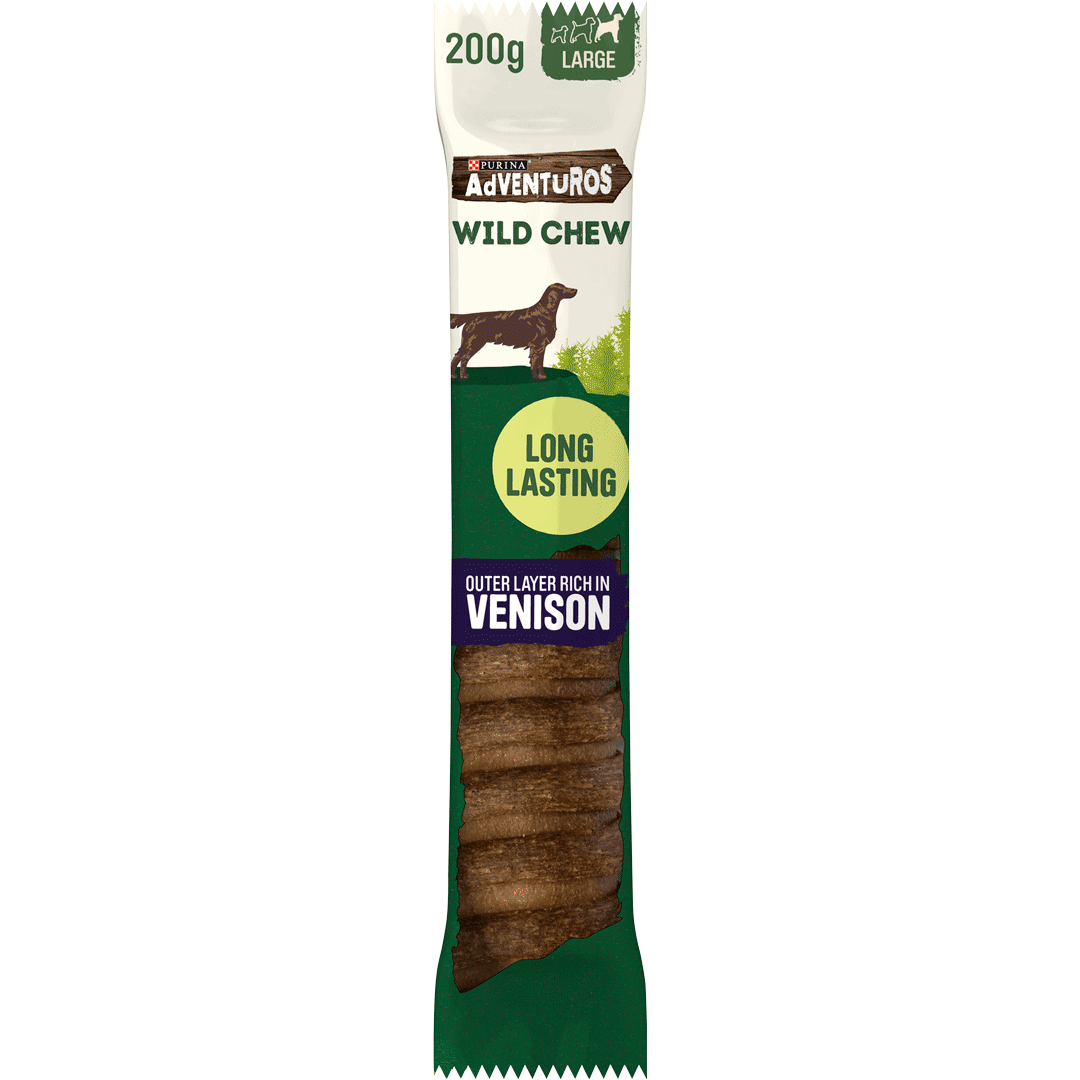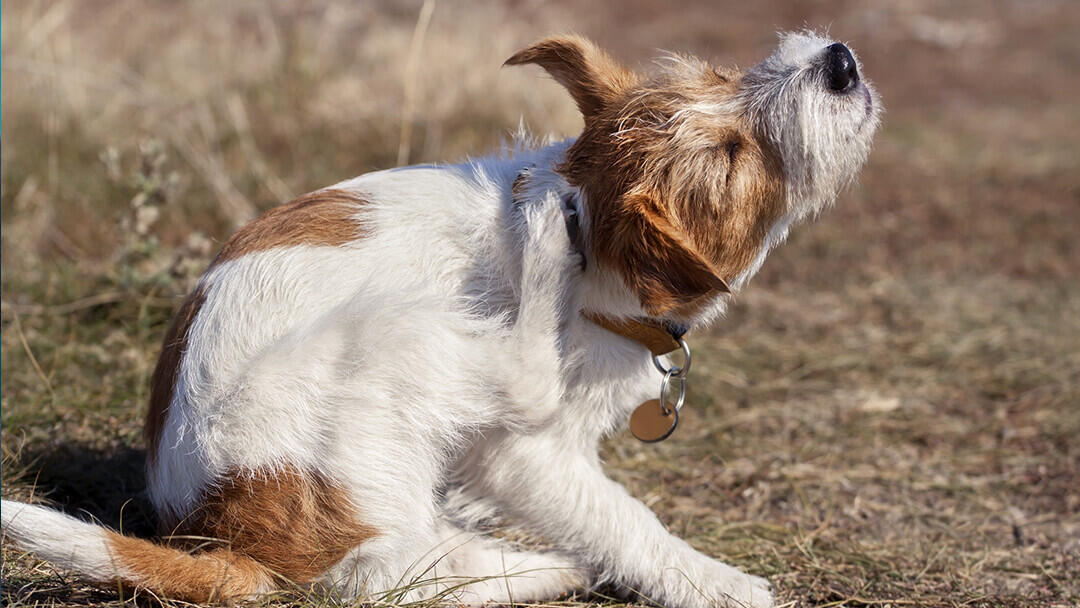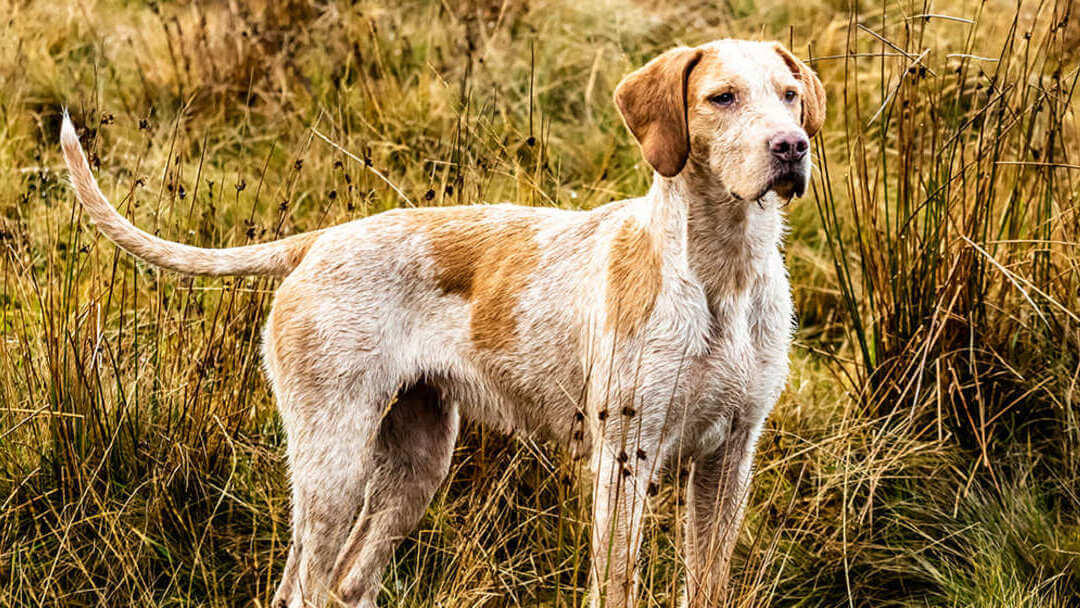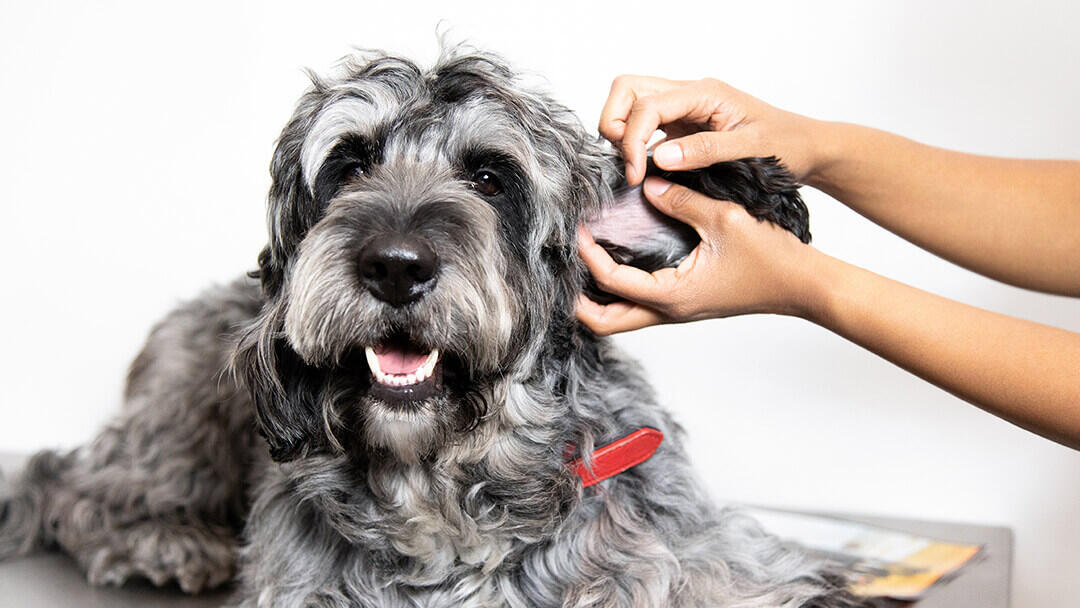
Running through grass, splashing in puddles or chasing every living creature in the garden are often a part of a dog’s daily adventures, but did you know dogs can be at risk of catching parasites when they’re out having fun? In this article we’ll be looking at lungworm in dogs, which is one of the potential parasites our canine friends can easily pick up. Here is what pet owners should be aware of.
What is lungworm in dogs?
Lungworms are small parasites that can infect dogs and potentially cause serious health problems if left untreated. Despite the name, these worms don’t target the lungs specifically. They actually live in the heart or in the blood vessels connecting the heart to the lungs and can travel throughout the entire body. But the first symptoms are often similar to signs of lung problems such as breathing difficulties and coughing because they travel via the lungs as part of their life-cycle and get coughed up.
How do dogs get infected with lungworm?
Lungworm spreads to dogs mainly via infected slugs and snails. Slugs and dogs are unlikely buddies, but they do tend to meet by accident. If your dog is eating grass or has a habit of drinking from puddles, it’s possible that they’ll also accidentally eat the snails living there. Some of them might be carrying the lungworm parasite and end up infecting your dog as well.
But eating slugs or snails is not the only cause of lungworm infection in dogs. Lungworm larvae can be found wherever slugs and snails live. Their signature slime trail might contain larvae, and this poses a risk if the slime ends up on dog toys or their water bowl. So, an environment where these animals are constantly present is ripe ground for lungworm infection.
Which dogs are more likely to get infected with lungworm?
Lungworm can infect any dog, no matter their age or breed. But if you’ve got a pup that likes to constantly explore their environment and wants to make sure they know every nook and cranny in the garden, they may be at higher risk. Either way, it’s best to keep an eye out for signs of lungworm. It’s normally younger pups who tend to be more playful and curious about the outdoors, so they’re often especially prone to worms.
What are the signs of lungworm in dogs?
How can you tell whether your dog has been infected? Here are some of the most common symptoms of lungworm in dogs that should prompt you to contact the vet:
- Lethargy
- Weight loss
- Coughing
- Breathing difficulties
- Bleeding – most likely to be seen in the mucus your dog cough’s up
- Loss of appetite
- Vomiting
- Diarrhoea
- Seizures
The signs of lungworm in dogs are not always easy to distinguish from other common illnesses, so it’s important to visit the vet if you notice any symptoms. Lungworm carries the risk of serious health problems for your pet, especially if left untreated. Catching it early on will give your dog the best chance of recovery and can help to avoid severe consequences of lungworm from developing.
What is the treatment for lungworm in dogs?
The exact treatment for lungworms in dogs depends on how advanced the infection is and how seriously it has affected the heart and lungs. But if caught early, dogs diagnosed with lungworm will be prescribed medication which is often able to kill the worms or the larvae. More serious cases will need extra medication, oxygen or even blood transfusions depending on the symptoms the pet is experiencing and, depending on how advanced the infection is, some cases may not respond to treatment.
Can lungworm in dogs be prevented?
The best way to approach lungworm is to prevent your dog from catching it in the first place. There are several lungworm treatments that are highly effective at preventing your dog from catching lungworm, and there are a few other things you can do that will also help keep your dog safe:
Don’t miss regular de-worming treatments
You can discuss worming treatments that will act to treat lungworm with your vet and set a routine in place that will help make parasite infections less likely to occur.
Remove toys and water bowls from the garden
You can also start removing dog toys and bowls from the garden in the evening. Keeping them indoors for the night reduces the chances of slugs and snails leaving lungworm larvae on them when unattended and causing your pet to become infected.
Be careful when walking your dog
If you spot slugs on your daily dog walk, be extra careful and don’t let your dog spend too much time in the grass in those areas.
Be cautious if you have a dog who has a habit of snacking on the poo of other animals – as slugs are attracted to any organic matter.
Can humans get lungworm from dogs?
There are cases where parasites pass from dog to human, so you might be wondering if lungworm is one of them. Luckily, lungworm is not able to infect humans, but it’s still always best to avoid your dog getting infected. So, make sure you keep on top of your pet’s worming treatments and get in touch with the vet as soon as soon as you see them showing any unusual signs.
Next, find out more about other types of worms that might affect dogs and why it’s important to arrange regular vet check-ups for your pet.



